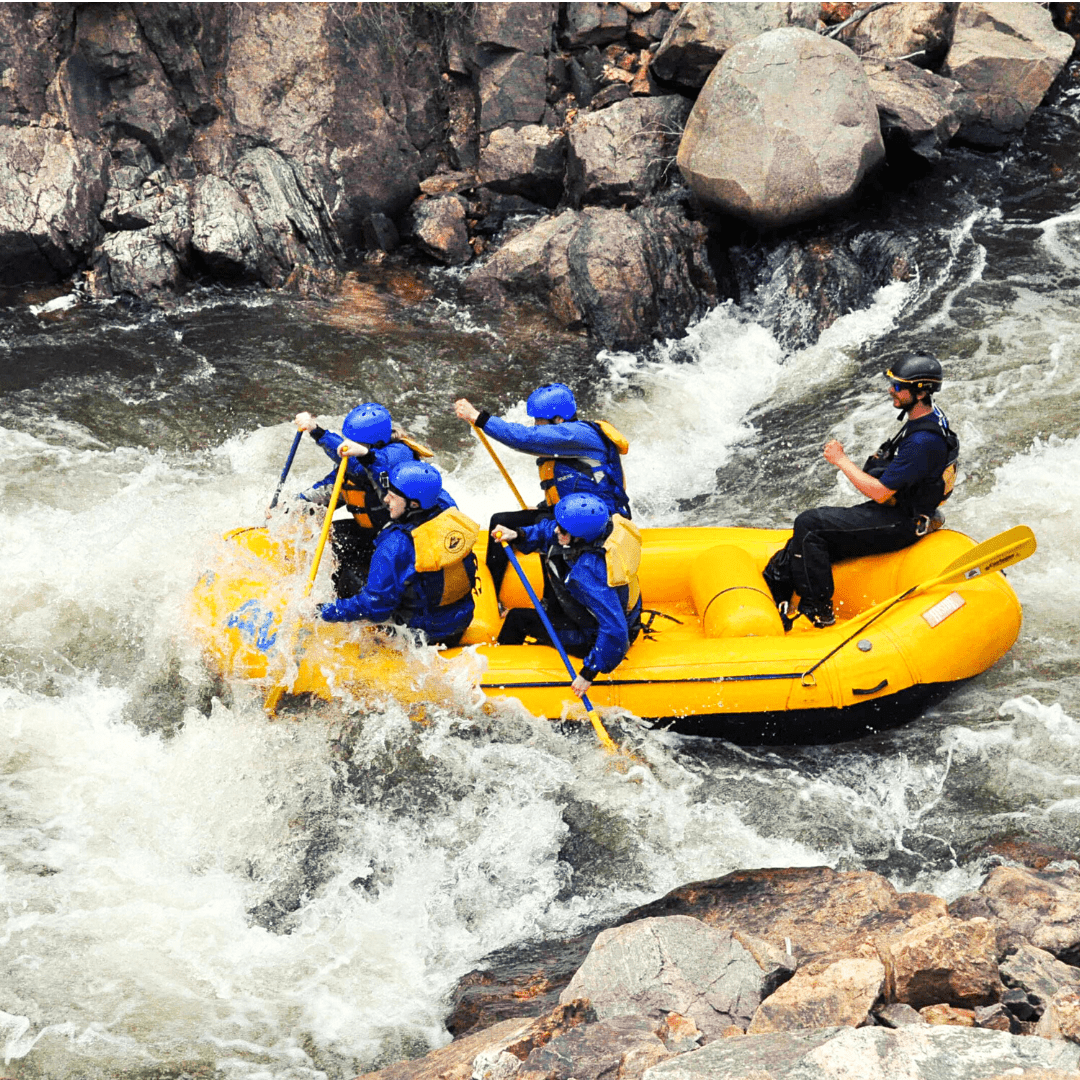
Whitewater Rapid Classification System
When you are planning a whitewater rafting trip, it is important to know the difficulty level of the rapids you will be rafting, and while there is a rapid classification system in place, the river classification system can only be used as a guide. There are many factors that can increase or decrease the rapid difficulty such as water levels and the type of boat being paddled.
While the rapid classification numbers do represent the degree of rafting difficulty, keep in mind that the rapid classes were determined subjectively. The rapid classes to denote rafting difficulty were not arrived at by some mathematical or scientific formula. Experienced whitewater rafters devised the classes or grades and assigned them numbers based on rafting difficulty.
Rapid Classes
The most common rapid classification system is the International Scale of River Difficulty, where whitewater is categorized into six classes. The lowest class (level I) is the safest and easiest, and the highest class (VI) is the most difficult and dangerous. A rapid’s grade can change since its rafting difficulty varies depending on water depth and speed of flow.
Here is a brief description of the International Scale of River Difficulty whitewater rapid classes:
Class I
Easy, smooth water with clear passages; occasional sand banks, and gentle curves.
Class II
Moderate. Medium-quick water and rapids with regular waves; clear and open passages between rocks. Maneuvering required. Best for intermediates who can maneuver canoes and read water.
Class III
Moderately difficult. Numerous irregular, high waves; rocks, and eddies with passages clear but narrow and requiring experience to run. If rapids are unknown, visual inspection is required.
Class IV
Difficult. Long and powerful rapids and standing waves; souse holes and boiling eddies. Precise and powerful maneuvering is required and visual inspection is mandatory. Flotation bags are a must. Advanced preparation for possible rescue is necessary.
Class V
Extremely difficult. Long and violent rapids follow with no interruption. The river was filled with obstructions. Violent current and extremely deep gradient. Rescue preparations are mandatory. Can only be run by top experts in specially-equipped whitewater canoes, decked craft, and kayaks.
Class VI
Extraordinarily difficult. Paddlers face the constant threat of death due to extreme danger. Not recommended for anyone except Olympic-level rafters.
For more information on the classification of rapids visit American Whitewater.

